Dacia Jogger vs Kia Niro – Differences & prices compared
Everyday use, family trips or long-distance drives – here’s where the differences show.
Discover whether Dacia Jogger or Kia Niro fits your lifestyle better.
Costs and Efficiency:
Price and efficiency are key factors when choosing a car – and this is often where the real differences emerge.
Dacia Jogger has a decisively advantage in terms of price – it starts at 15400 £, while the Kia Niro costs 29100 £. That’s a price difference of around 13714 £.
Fuel consumption also shows a difference: Kia Niro manages with 2.40 L and is therefore decisively more efficient than the Dacia Jogger with 4.70 L. The difference is about 2.30 L per 100 km.
Engine and Performance:
Power, torque and acceleration say a lot about how a car feels on the road. This is where you see which model delivers more driving dynamics.
When it comes to engine power, the Kia Niro has a distinct edge – offering 180 HP compared to 140 HP. That’s roughly 40 HP more horsepower.
In acceleration from 0 to 100 km/h, the Dacia Jogger is minimal quicker – completing the sprint in 9.80 s, while the Kia Niro takes 9.90 s. That’s about 0.10 s faster.
In terms of top speed, the Kia Niro performs hardly perceptible better – reaching 185 km/h, while the Dacia Jogger tops out at 174 km/h. The difference is around 11 km/h.
There’s also a difference in torque: Kia Niro pulls evident stronger with 265 Nm compared to 200 Nm. That’s about 65 Nm difference.
Space and Everyday Use:
Whether family car or daily driver – which one offers more room, flexibility and comfort?
Seats: Dacia Jogger offers distinct more seating capacity – 7 vs 5.
In curb weight, Dacia Jogger is a bit lighter – 1251 kg compared to 1474 kg. The difference is around 223 kg.
In terms of boot space, the Dacia Jogger offers distinct more room – 607 L compared to 451 L. That’s a difference of about 156 L.
In maximum load capacity, the Dacia Jogger performs distinct better – up to 1819 L, which is about 374 L more than the Kia Niro.
When it comes to payload, Dacia Jogger to a small extent takes the win – 582 kg compared to 466 kg. That’s a difference of about 116 kg.
Who comes out on top?
Overall, the Kia Niro shows itself to be outperforms in nearly all aspects and secures the title of DriveDuel Champion.
It convinces with the more balanced overall package and proves to be the more versatile choice for everyday use.
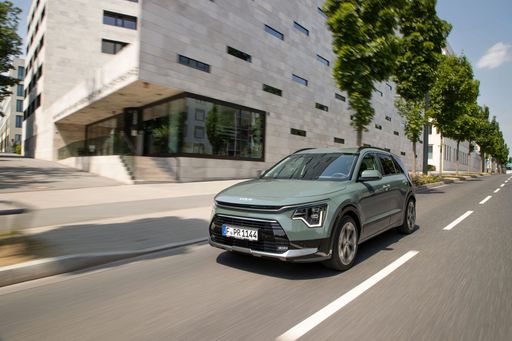 @ Kia Corporation
@ Kia Corporation
Kia Niro
Dacia Jogger
The Dacia Jogger is a no-nonsense family mover that stretches the idea of value with cavernous practicality and flexible space, perfect for buyers who need a sensible, everyday Swiss Army knife on wheels. It doesn’t try to be glamorous — instead it wins hearts with cheerful thrift, durable materials and honest engineering, giving you useful transport without the pretence.
details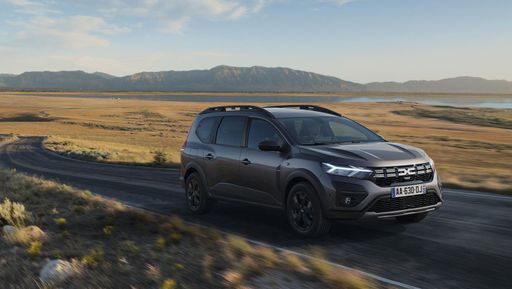 @ Dacia / Renault Group Media
@ Dacia / Renault Group Media
 @ Dacia / Renault Group Media
@ Dacia / Renault Group Media
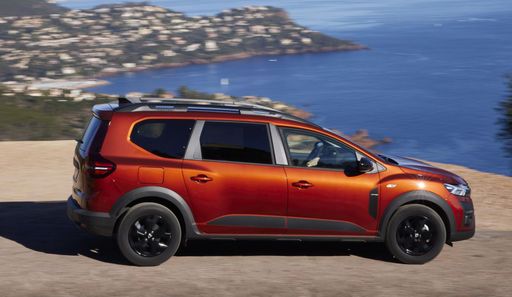 @ Dacia / Renault Group Media
@ Dacia / Renault Group Media
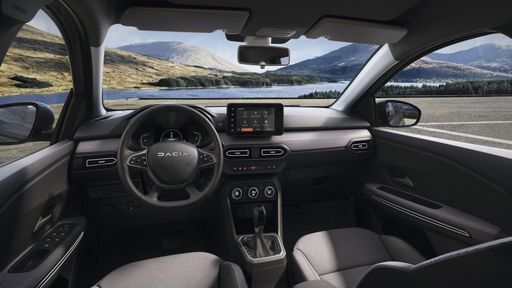 @ Dacia / Renault Group Media
@ Dacia / Renault Group Media
Kia Niro
The Kia Niro blends clever packaging and modern styling into a compact crossover that’s refreshingly sensible for daily life. It’s comfortable, economical and packed with user‑friendly tech, so if you want a fuss‑free family car with a touch of green credibility, the Niro is worth a test drive.
details @ Kia Corporation
@ Kia Corporation
 @ Kia Corporation
@ Kia Corporation
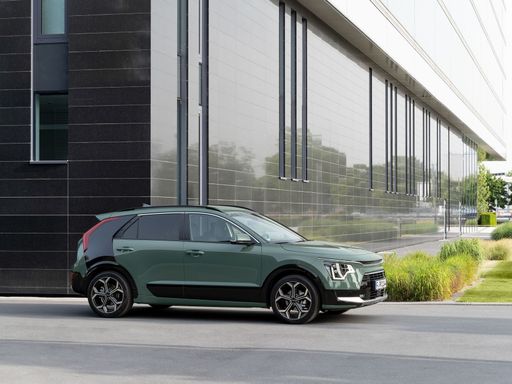 @ Kia Corporation
@ Kia Corporation
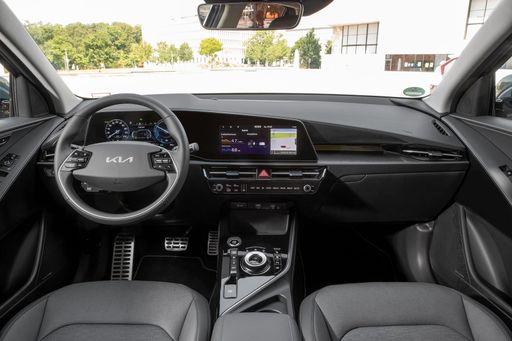 @ Kia Corporation
@ Kia Corporation
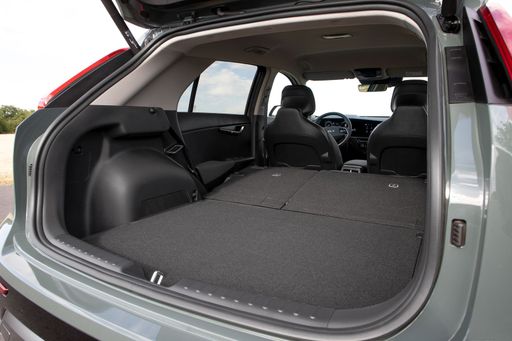 @ Kia Corporation
@ Kia Corporation
 @ Dacia / Renault Group Media
@ Dacia / Renault Group Media
|
 @ Kia Corporation
@ Kia Corporation
|
|
|
|
Costs and Consumption |
|
|---|---|
|
Price
15400 - 23400 £
|
Price
29100 - 38600 £
|
|
Consumption L/100km
4.7 - 7.8 L
|
Consumption L/100km
2.4 - 4.9 L
|
|
Consumption kWh/100km
-
|
Consumption kWh/100km
-
|
|
Electric Range
-
|
Electric Range
57 - 62 km
|
|
Battery Capacity
0.60 kWh
|
Battery Capacity
1.3 - 11.1 kWh
|
|
co2
105 - 137 g/km
|
co2
53 - 111 g/km
|
|
Fuel tank capacity
40 - 50 L
|
Fuel tank capacity
37 - 42 L
|
Dimensions and Body |
|
|---|---|
|
Body Type
MPV
|
Body Type
SUV
|
|
Seats
5 - 7
|
Seats
5
|
|
Doors
5
|
Doors
5
|
|
Curb weight
1251 - 1460 kg
|
Curb weight
1474 - 1594 kg
|
|
Trunk capacity
160 - 607 L
|
Trunk capacity
348 - 451 L
|
|
Length
4547 mm
|
Length
4420 mm
|
|
Width
1784 mm
|
Width
1825 mm
|
|
Height
1674 mm
|
Height
1545 mm
|
|
Max trunk capacity
1807 - 1819 L
|
Max trunk capacity
1342 - 1445 L
|
|
Payload
393 - 582 kg
|
Payload
466 kg
|
Engine and Performance |
|
|---|---|
|
Engine Type
Full Hybrid, LPG, Petrol
|
Engine Type
Full Hybrid, Plugin Hybrid
|
|
Transmission
Automatic, Manuel
|
Transmission
Automatic
|
|
Transmission Detail
Automatic Gearbox, Manual Gearbox
|
Transmission Detail
Dual-Clutch Automatic
|
|
Drive Type
Front-Wheel Drive
|
Drive Type
Front-Wheel Drive
|
|
Power HP
91 - 140 HP
|
Power HP
138 - 180 HP
|
|
Acceleration 0-100km/h
9.8 - 13.2 s
|
Acceleration 0-100km/h
9.9 - 11.4 s
|
|
Max Speed
167 - 174 km/h
|
Max Speed
170 - 185 km/h
|
|
Torque
160 - 200 Nm
|
Torque
265 Nm
|
|
Number of Cylinders
3 - 4
|
Number of Cylinders
4
|
|
Power kW
67 - 103 kW
|
Power kW
102 - 132 kW
|
|
Engine capacity
999 - 1598 cm3
|
Engine capacity
1580 cm3
|
General |
|
|---|---|
|
Model Year
2024 - 2025
|
Model Year
2025
|
|
CO2 Efficiency Class
C, D
|
CO2 Efficiency Class
C, B
|
|
Brand
Dacia
|
Brand
Kia
|
What drivetrain options does the Dacia Jogger have?
The Dacia Jogger is offered with Front-Wheel Drive.
The prices and data displayed are estimates based on German list prices and may vary by country. This information is not legally binding.
